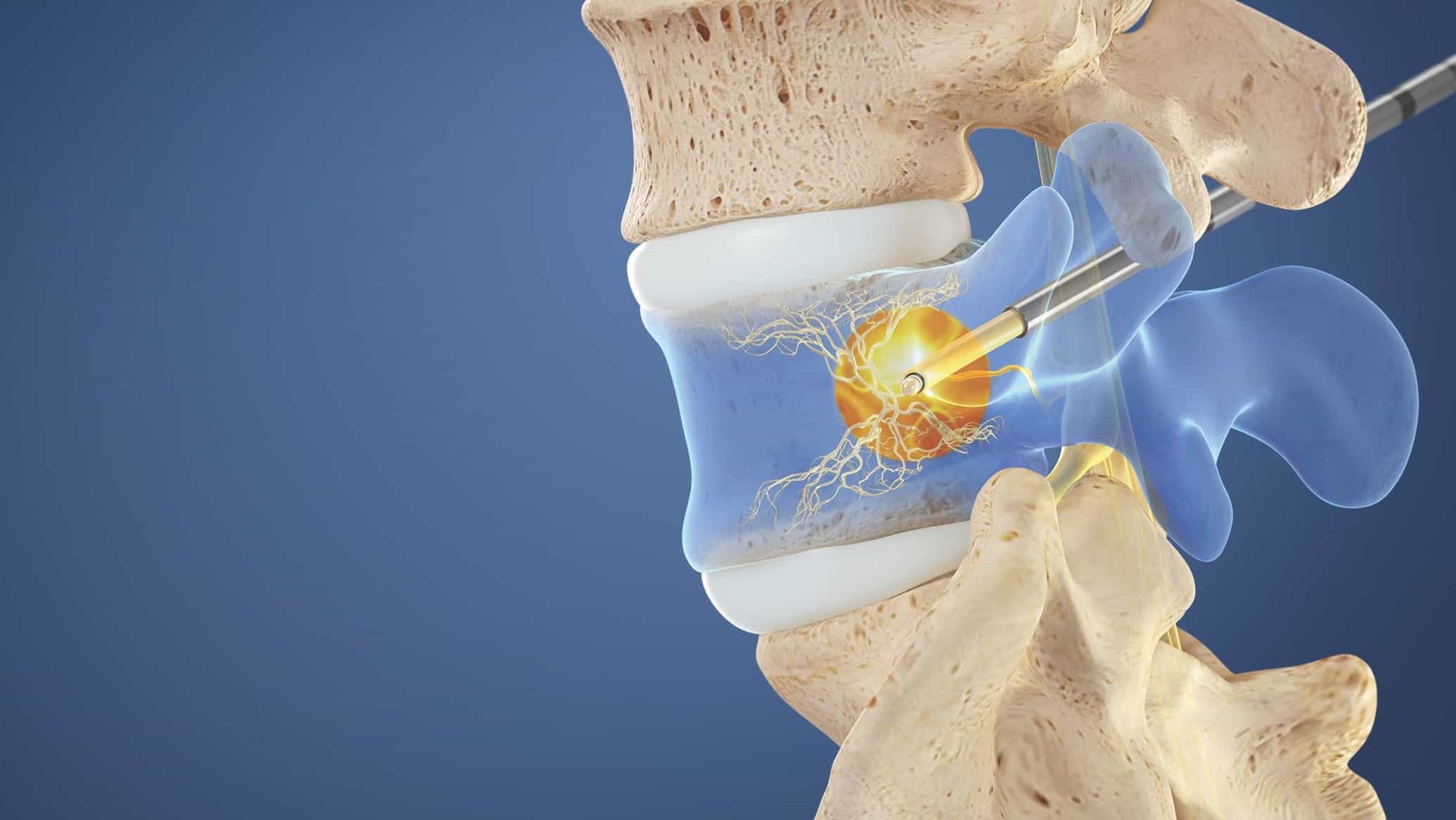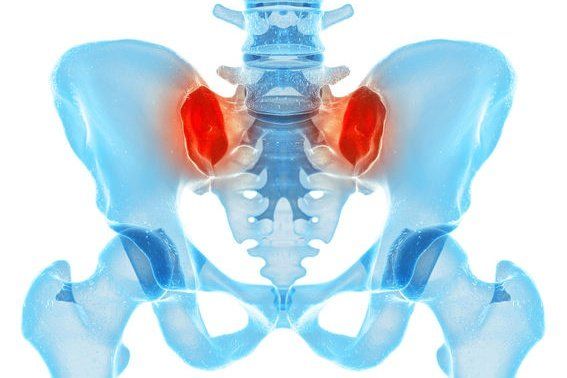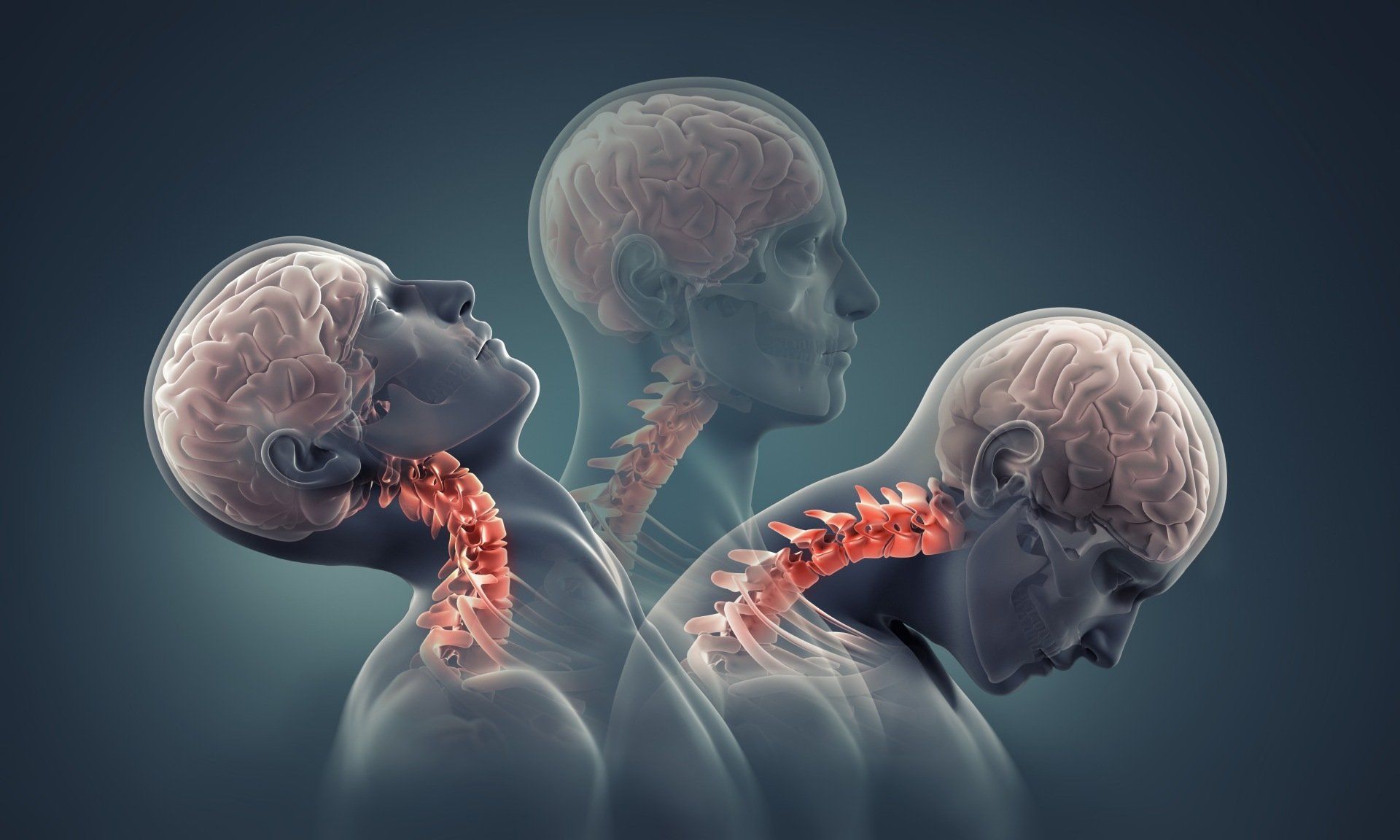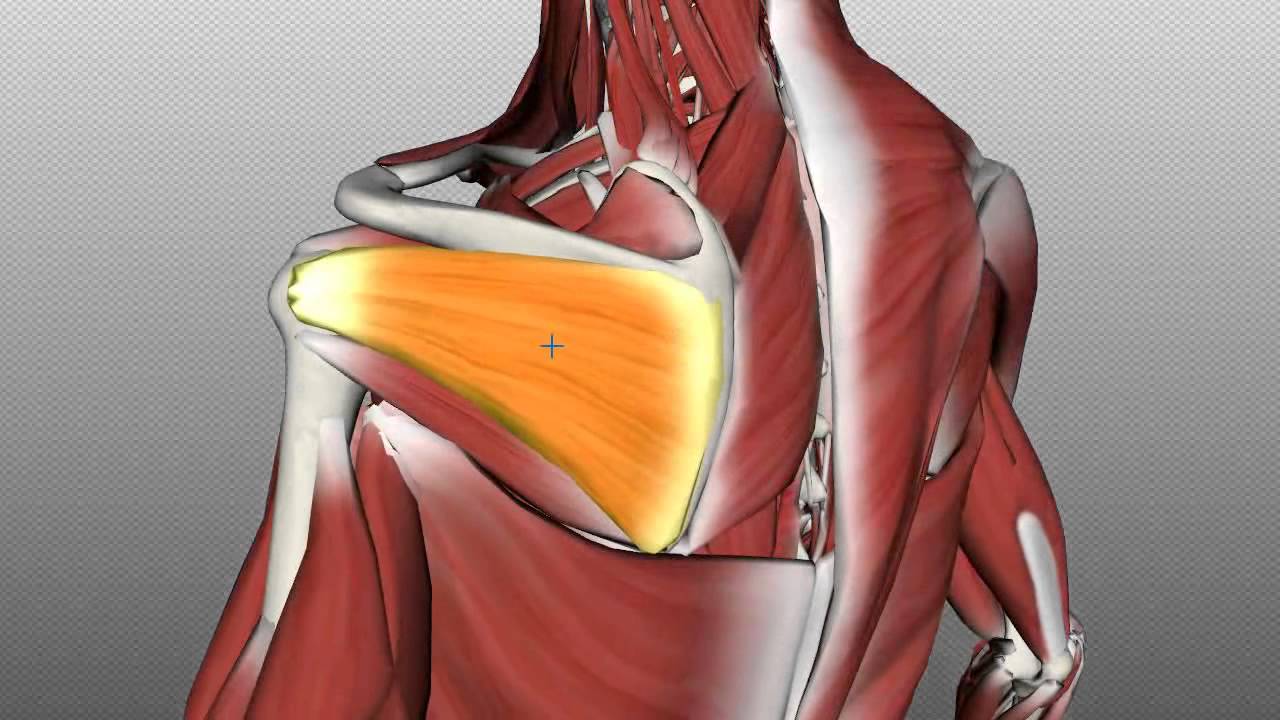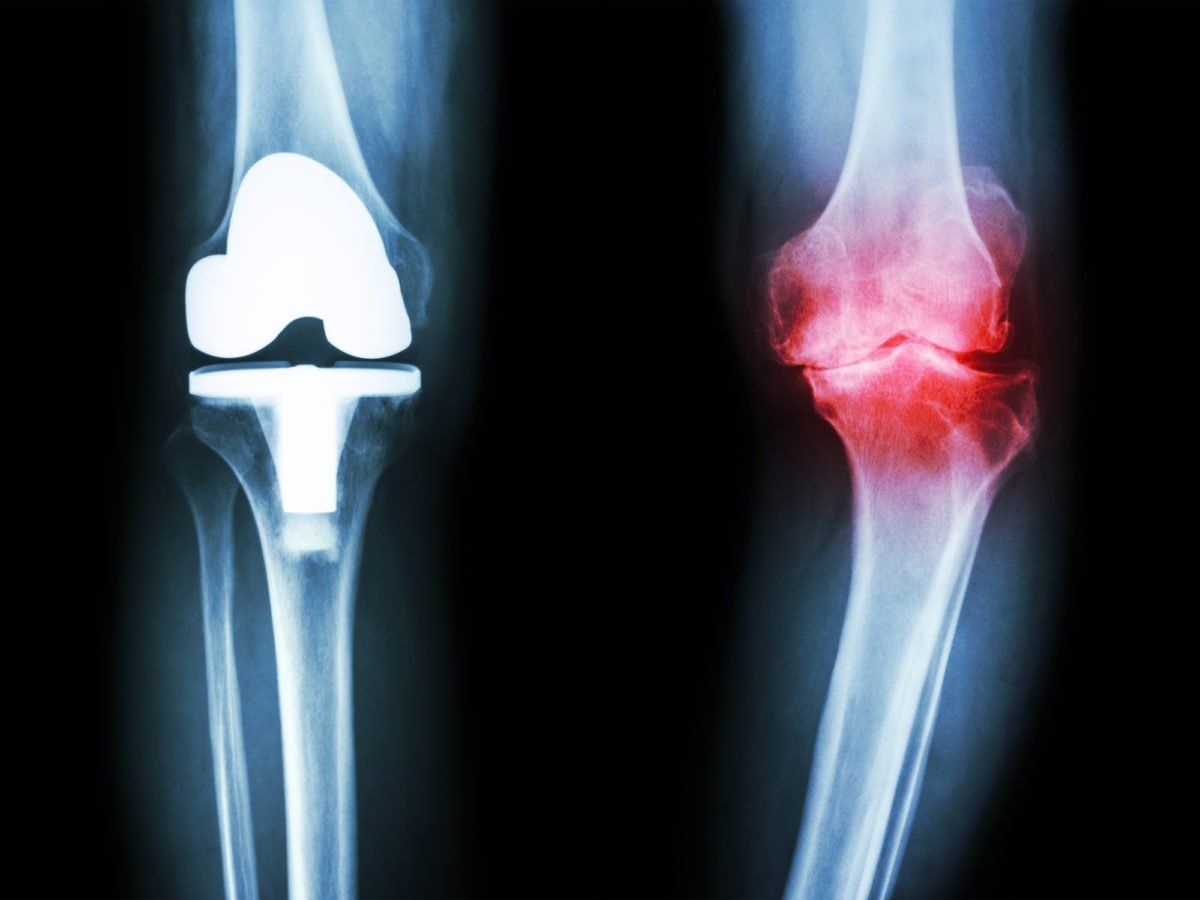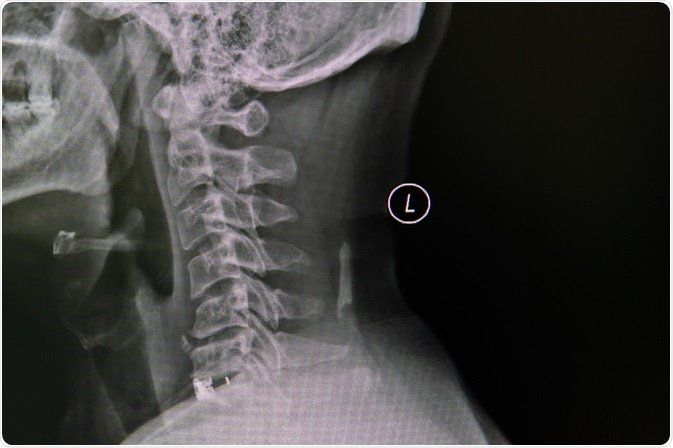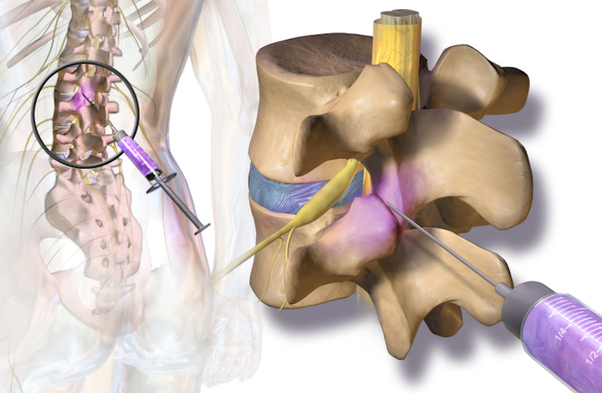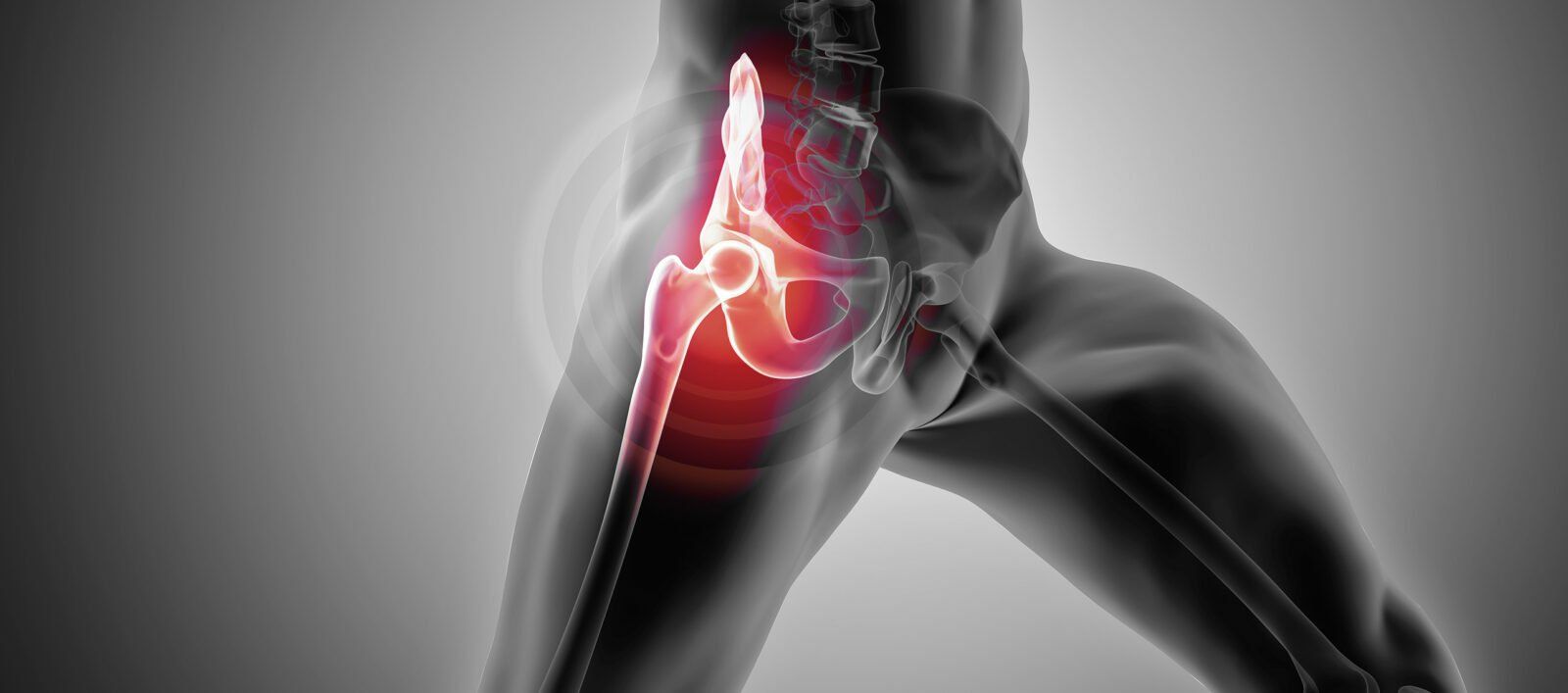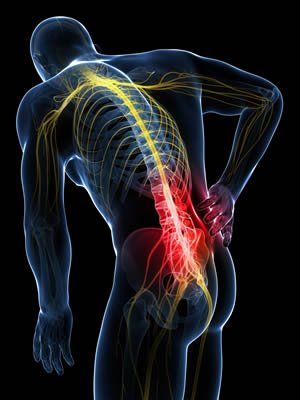Services
What is Tarsal Tunnel Syndrome?
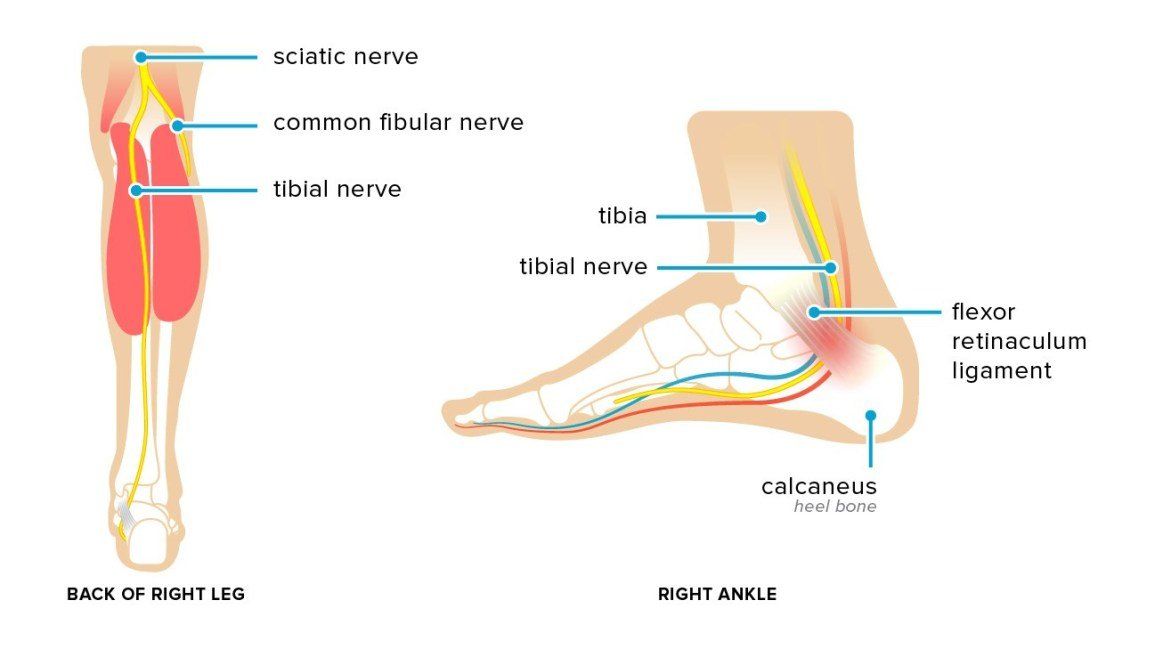
Many people come to our office with complaints of numbness and tingling or pain in their feet. Most people simply want to know what’s may be causing their symptoms. Some people have been told that it may be coming from their back. Others have been told that it may be a circulation problem or symptoms of diabetes.
While all these conditions are possible causes of numbness, tingling or pain, an often overlooked but common cause of these symptoms is Tarsal Tunnel Syndrome (TTS).
TTS is basically the equivalent of carpal tunnel syndrome of the foot and ankle.
TTS is a compression of the tibial nerve as travels through the tarsal tunnel. The tarsal tunnel is found behind the medial malleolus (the bony bump that we can feel on the inside of the ankle). The tibial nerve branches into 3 separate nerves while it is in the tarsal tunnel. One branch supplies the heel. The 2 remaining branches supply the bottom of the foot.
The tibial nerve shares the tarsal tunnel with the tendons of 3 muscles and with the posterior tibial artery. As you can imagine, the tunnel is a very crowded place. For this reason, it is not uncommon for the tibial nerve to get “pinched” within the tarsal tunnel.
When the nerve is compressed, it can create numbness, tingling and pain on the bottom of the foot and heel. The toes may also be affected. The symptoms are often made worse with walking. TTS is more common in athletes and active people.
The diagnosis of tarsal tunnel syndrome can be made by history and physical exam. It is often confirmed by nerve conduction studies. Nerve conduction studies often show slowing or dysfunction of the tibial nerve or its branches.
The treatment of TTS consists of a trial of physical therapy, medication management, injections, and surgery. Generally conservative treatment is tried first. If there is no improvement with conservative treatment, more interventional methods are considered.
Tarsal tunnel syndrome can affect quality of life. Early diagnosis can improve function and lead to more effective treatment.
-Dr. Reddy
